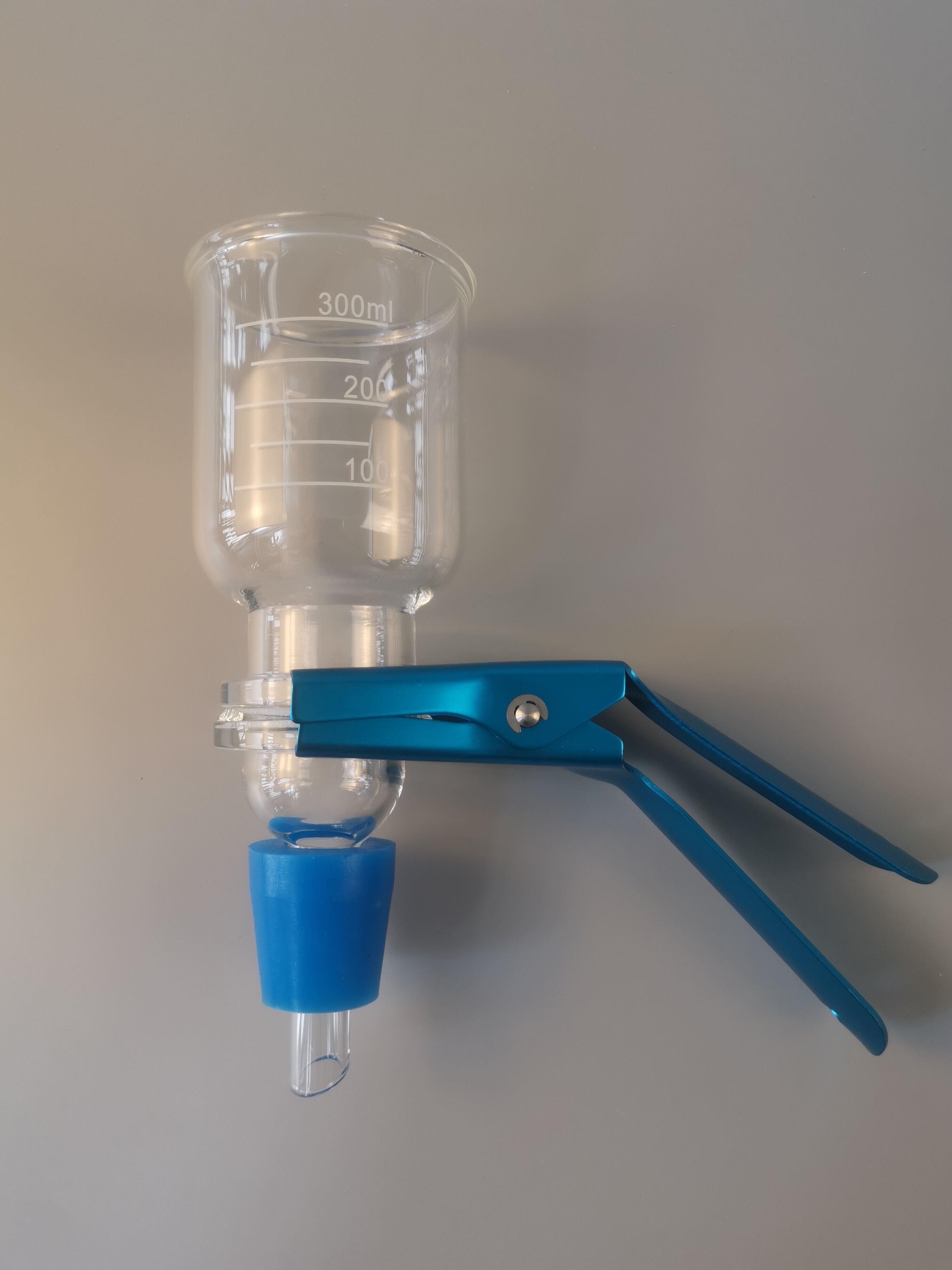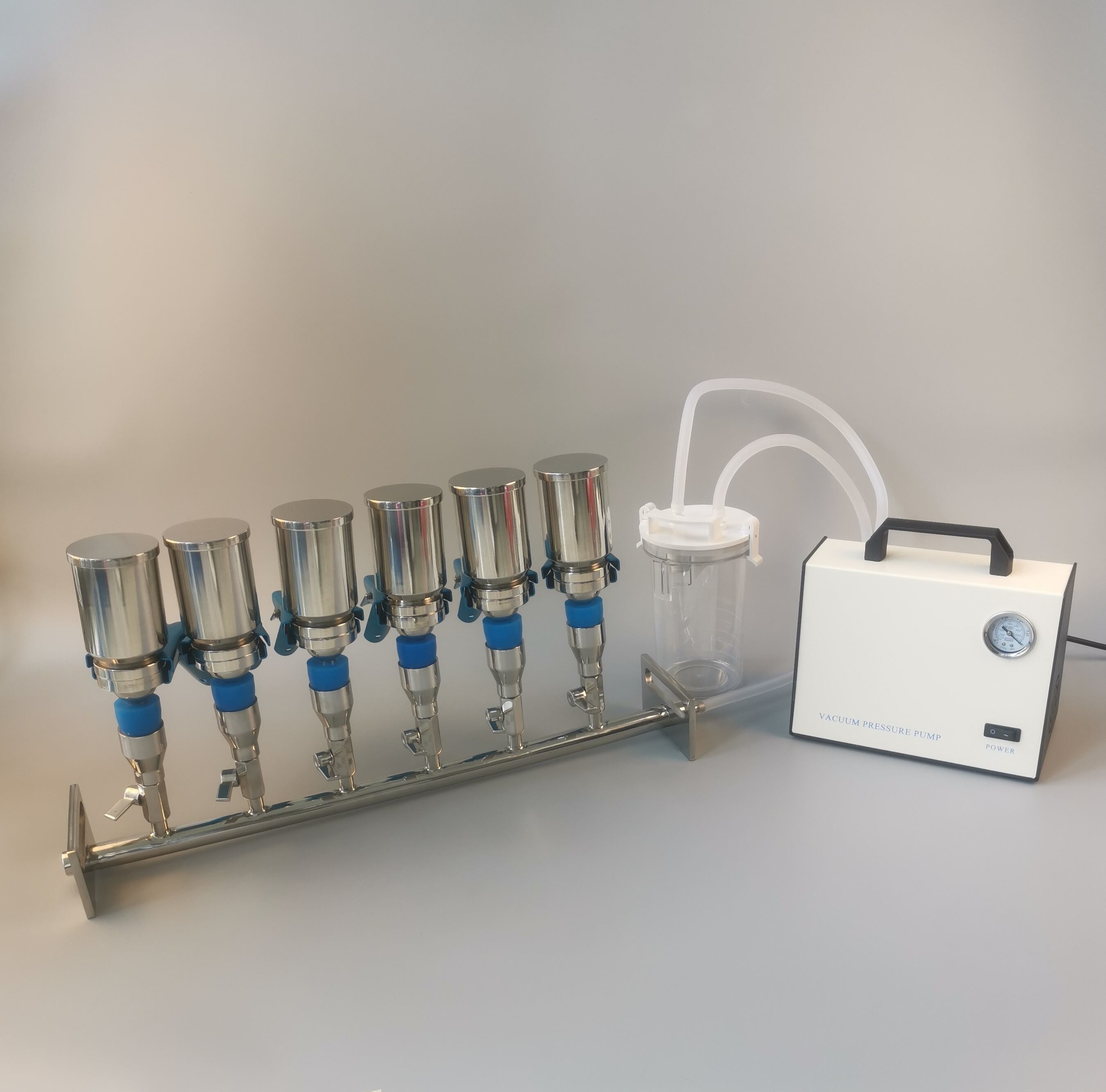Understanding the Critical Role of Filtration in Laboratory Testing
In modern laboratory settings, achieving precise and reproducible results stands as a fundamental requirement for scientific research and analysis. Lab vacuum filters have emerged as essential tools in this pursuit, offering sophisticated filtration capabilities that can significantly enhance the accuracy of various testing procedures. These specialized filtration systems combine vacuum technology with advanced filter media to ensure superior sample preparation and analysis.
The impact of proper filtration extends far beyond basic particle removal. It influences everything from sample purity to the reliability of analytical results, making it a cornerstone of quality laboratory practices. As research demands continue to grow more stringent, the role of effective filtration becomes increasingly crucial in maintaining high standards of scientific investigation.
The Science Behind Vacuum Filtration Technology
Core Components and Mechanical Principles
Lab vacuum filters operate through a carefully engineered system of components working in harmony. The primary elements include the filter membrane, support structure, vacuum source, and collection vessel. When vacuum pressure is applied, it creates a pressure differential that drives the sample through the filter media while retaining targeted particles or contaminants.
The efficiency of this process depends on factors such as pore size distribution, membrane material compatibility, and the uniform application of vacuum pressure. Modern lab vacuum filters incorporate precision-engineered membranes that maintain consistent pore sizes and distribution patterns, ensuring reliable separation of particles across the entire filter surface.
Advanced Filtration Mechanisms
Contemporary lab vacuum filters employ multiple filtration mechanisms simultaneously. These include size exclusion, depth filtration, and in some cases, chemical interaction with the filter media. The synergy between these mechanisms enables more comprehensive sample purification than what could be achieved through simple mechanical straining alone.
The technology behind these filters continues to evolve, with innovations in material science leading to enhanced filter media that offer better flow rates while maintaining or improving filtration accuracy. These advances have made it possible to process larger sample volumes without compromising the quality of results.

Enhancing Testing Precision Through Proper Filtration
Contamination Prevention Strategies
One of the primary ways lab vacuum filters improve testing accuracy is through their role in contamination prevention. By effectively removing unwanted particles and microorganisms, these filters help maintain sample integrity throughout the analytical process. This is particularly crucial in sensitive applications such as HPLC analysis or cell culture preparation.
Implementing proper filtration protocols with lab vacuum filters can significantly reduce the risk of false results caused by contamination. This includes using appropriate filter grades for specific applications and maintaining strict cleaning and handling procedures for filtration equipment.
Sample Preparation Optimization
The quality of sample preparation directly influences the accuracy of subsequent analysis. Lab vacuum filters contribute to optimal sample preparation by ensuring consistent particle removal and sample clarity. This standardization of sample quality helps reduce variability in test results and improves the reproducibility of experimental procedures.
Advanced vacuum filtration systems allow for precise control over filtration parameters, enabling researchers to optimize conditions for specific sample types and analytical requirements. This level of control is essential for maintaining the integrity of sensitive samples and ensuring reliable test outcomes.
Impact on Different Testing Applications
Analytical Chemistry Applications
In analytical chemistry, lab vacuum filters play a vital role in sample preparation for various instrumental analyses. From removing particulates that could damage sensitive instruments to ensuring sample homogeneity, proper filtration is essential for accurate results. The use of appropriate vacuum filters can significantly improve the lifetime and performance of analytical instruments while enhancing data quality.
Chromatography techniques, in particular, benefit from well-filtered samples, as they prevent column clogging and maintain separation efficiency. This translates to more reliable quantitative analysis and better peak resolution in chromatograms.
Biological Sample Processing
The processing of biological samples presents unique challenges that lab vacuum filters help address. These filters are crucial for tasks such as sterile filtration of culture media, removal of cell debris, and isolation of specific cellular components. The ability to maintain sterility while processing samples is particularly important in biological applications.
Modern vacuum filtration systems designed for biological applications often incorporate features that protect sensitive biomolecules while removing unwanted materials. This careful balance helps preserve sample integrity while improving the accuracy of subsequent analyses.
Frequently Asked Questions
How often should lab vacuum filters be replaced?
The replacement frequency of lab vacuum filters depends on several factors, including usage intensity, sample types processed, and the specific application requirements. Generally, filters should be replaced when there's a noticeable decrease in flow rate, visible contamination, or according to the manufacturer's recommended maintenance schedule. Regular monitoring of filter performance and maintaining detailed usage logs can help determine optimal replacement intervals.
What pore size should be selected for laboratory filtration?
The selection of filter pore size depends on your specific application and the size of particles you need to remove. For general laboratory filtration, common pore sizes range from 0.22 μm for sterile filtration to 5.0 μm for coarse particle removal. Consider the size of your target analytes and potential contaminants when selecting the appropriate pore size.
Can vacuum filtration affect sample composition?
While lab vacuum filters are designed to minimize impact on sample composition, certain considerations must be taken into account. Factors such as pressure differential, filter material compatibility, and potential adsorption of analytes to the filter membrane can affect sample composition. Proper selection of filter type and careful control of filtration conditions can help minimize any undesired effects on sample integrity.




